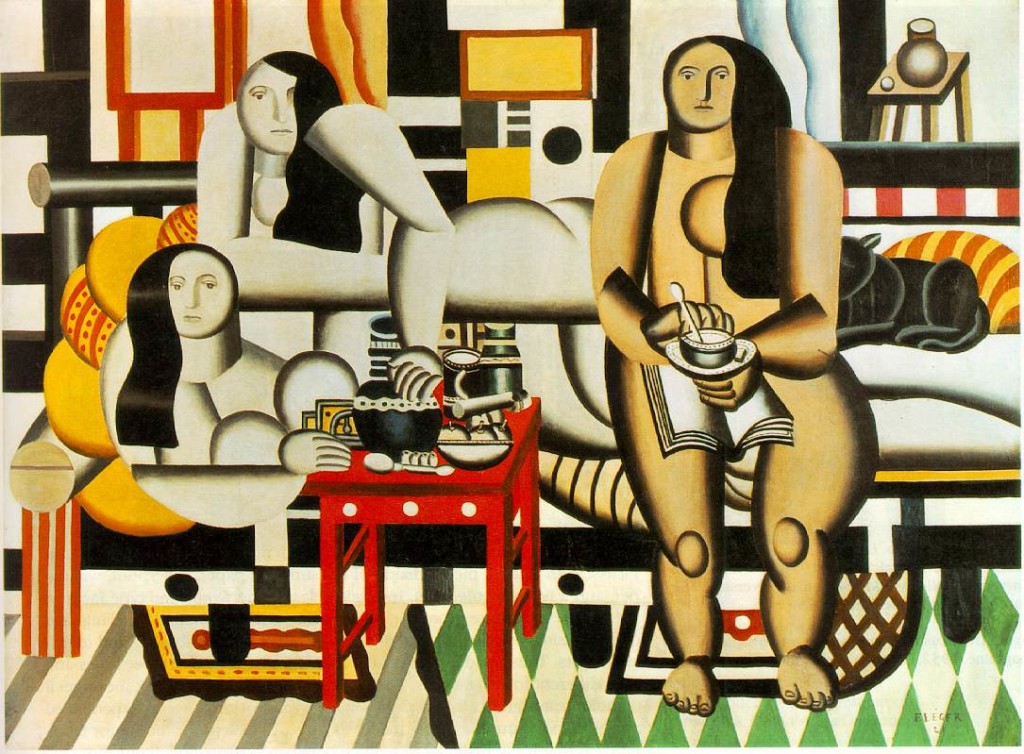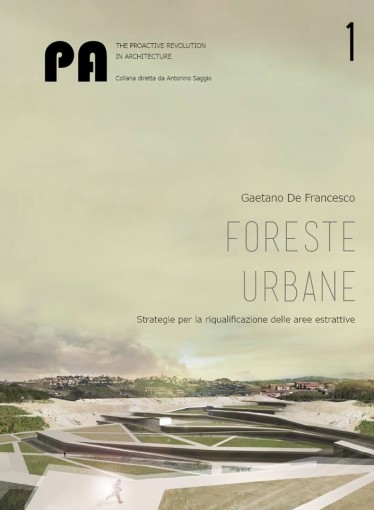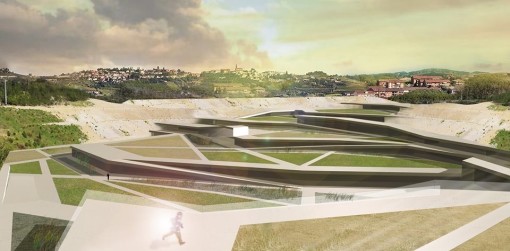Foreste Urbane
Foreste urbane – un libro di Gaetano De Francesco
text by Sebastian Di Guardo
A volte tutto ciò che osserviamo ci appare avvolto da un’aura di mistero o latente insensatezza, e una sensazione di impotenza ci smarrisce. In questi periodi, come per esempio può accadere nell’attuale crisi socio-economica, occorre per prima cosa ordinare, ritrovare le connessioni tra le cose, e -con urgenza- sperimentare il più possibile l’opportunità che una situazione di crisi possiede quale -crudele- seconda faccia della medaglia. Il libro “Foreste Urbane”, primo della collana “The Proactive revolution in Architecture” curata da Antonino Saggio ha il merito di porsi con tale positivo atteggiamento. Con pazienza e metodo matematico si pone il compito -partendo da una situazione critica- di far emergere un dibattito sulla situazione delle cave italiane prendendo ad emblema il caso studio dell’area estrattiva del Rio Galeria-Magliana presso Roma, che è tra i più importanti. Una cava non è altro che una gigantesca ferita nel terreno, un taglio netto, un’accelerazione artificiale della normale erosione dei suoli e delle rocce. Si tratta di un’attività lucrativa, dai grandi costi ambientali, ancora non inserita in un sistema economico-produttivo di tipo sostenibile e virtuoso. Il libro possiede quasi la forma della pubblica denuncia, enumerando lapidariamente statistiche che rappresentano un duro j’accuse verso un sistema vetusto e da correggere. L’autore non si sottrae dal proporre validi esempi di soluzioni già sperimentate e un suo personale studio sulla possibilità di risanamento e riqualificazione con edifici e pianificazioni integrati e sostenibili per il Rio Galeria-Magliana, con quella voglia giovane di riscatto che dovrebbe assalirci quando parliamo di zone “maledette” come può essere Magliana, Malagrotta, le acciaierie di Taranto, le raffinerie di Gela.. e che sola può apparire come un sentiero solido in tempo di crisi.
Urban forests – a book by Gaetano Di Francesco
Original text by Sebastian Di Guardo
Sometimes all that we observe appears to us wrapped in an aura of mystery or latent senselessness; for example in the current socio-economic crisis a feeling of powerlessness can lead to disorientation, so you should first make order, and then find the connections between things; and-urgent-need then seize the opportunity that has a critical situation, such as a-cruel-second side of the coin. The book “Urban Forests”, the first of the series “The Proactive Revolution in Architecture” curated by Antonino Saggio has the merit of having a positive approach. With patience and mathematical method sets itself the task of starting a debate on the situation of the Italian quarries (it has as its starting point a critical situation) and it does so by analyzing the case-study of the extraction of the Rio Galeria Magliana at Rome, which is one of most important. A quarry is nothing more than a giant wound in the ground, a clean cut, artificial acceleration of the normal erosion of soils and rocks. It is a gainful activity by large environmental costs, such activity is not included in an economic production system sustainable and virtuous.
The book has almost the shape of the public complaint, reports statistics that represent a harsh accusation to an ancient system to correct. The author does not shirk from offering good examples of solutions already tested and a personal study of the possibility of rehabilitation and redevelopment with integrated and sustainable buildings and Schedules for Rio Galeria – Magliana. He has that desire for redemption that should come upon us when we talk about “cursed” areas as it may be Magliana, Malagrotta, steelworks in Taranto, the oil refineries in Gela .. it alone can appear as a solid path in times of crisis.
Free Download: http://www.lulu.com/shop/gaetano-de-francesco/ebook-foreste-urbane/ebook/product-21098704.html








